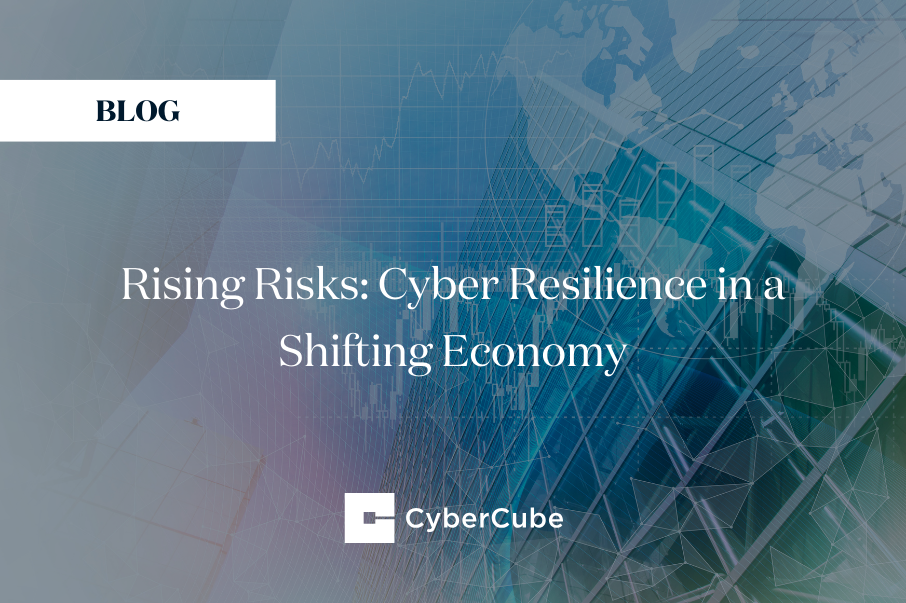Cyber Threat Intelligence

- The CyberCube Team
Stress Testing the Cloud: Rethinking Diversification After the AWS Outage
The AWS outage on October 20, 2025 highlights systemic risks in cloud provider dependencies and poses moderate implications for cyber (re)insurance.
Read Article


- Christine Waweru
Africa's Rising Cyber Risk: A Call for Awareness, Preparedness, and Insurance Adoption
Cyber threats cost Africa 10% of GDP. As digital growth accelerates, closing the protection gap is key to unlocking the continent’s potential.
Read Article

.png)
- William Altman
CyberCube: 2% of Large Firms at Highest Scattered Spider Risk
CyberCube's Portfolio Threat Actor Intelligence reveals 2% of large firms at top risk from Scattered Spider. See how (re)insurers can mitigate exposure before losses hit.
Read Article


- Richard Ford
Rising Risks: Cyber Resilience in a Shifting Economy
Does the economy shifting lead to an increase in cyber risk? This blog explores what the cyber insurance industry can expect in terms of cybersecurity implications.
Read Article


- Jon Laux
Five Lessons from the CrowdStrike Outage
The CrowdStrike outage created a global impact — but what lessons can the reinsurance industry take from the event? Here, we outline five lessons from CrowdOut.
Read Article

.png)
- The CyberCube Team
CyberCube industry loss estimates for CrowdOut
CyberCube estimates global insured losses from the CrowdStrike event will be between $400mn - $1.5bn — the largest affirmative cyber event yet, but only a foreshock of cyber cat loss potential
Read Article

.png)
- The CyberCube Team
The CrowdStrike Outage: How Single Points of Failure Create Widespread Disruption
The CrowdStrike outage, a Single Point of Failure technology, created widespread disruption. Read about the fallout of the event.
Read Article

.png)
- William Altman
The Change Healthcare Attack: Quantifying Footprint for Cyber (Re)insurers
The Change Healthcare attacked affected many entities in the US. CyberCube used data to provide an exposure footprint estimate of companies affected.
Read Article

.png)
- Yvette Essen
Cyber Insurance Predictions 2024
The cyber insurance market is maturing, so (re)insurers need to be prepared for what's to come in 2024. This blog summarises some of the predictions from our cyber experts.
Read Article

- William Altman
Meta Pixel: What Cyber (Re)insurers Should Know
Organizations using Meta Pixel have the potential to violate data privacy regulations. CyberCube can help customers identify companies that are using Meta Pixel.
Read Article

.png)
- Michael Sokolov
Five years of WannaCry: what has changed in ransomware since 2017?
Ransomware has evolved since the WannaCry ransomware attack in 2017, from changes in how complex ransomware is, to how attacks have become more targeted.
Read Article

insurers%20need%20to%20know%20about%20destructive%20wiperware.jpg)
- Michael Sokolov
What (re)insurers need to know about destructive wiperware
Wiper malware is on the rise. (Re)insurers must pay attention to this malicious software, as the destructive attacks have created chaos in the past.
Read Article
